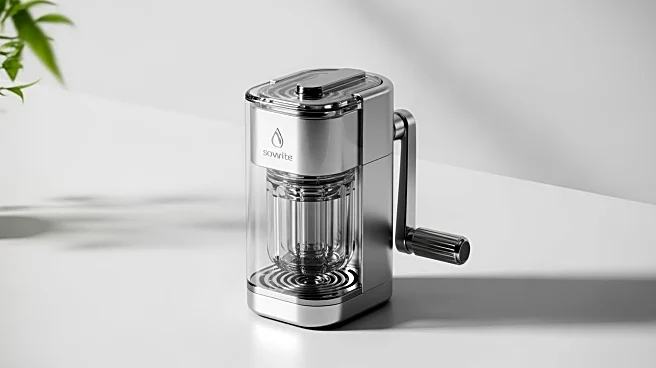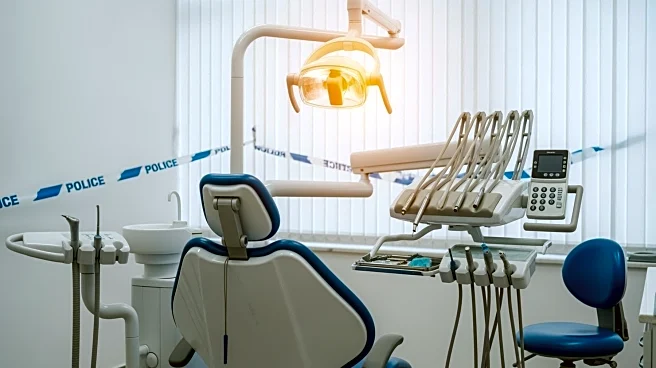What's Happening?
Researchers have developed a hand-powered device that uses nanoparticles to disinfect drinking water, making it suitable for use in areas without electricity. The device, which requires manual stirring,
effectively removes pathogens from water, achieving a 99.9999% reduction in E. coli within seconds. This innovation could provide a reliable solution for clean water access in disaster zones and remote communities.
Why It's Important?
Access to clean drinking water is a critical issue in many parts of the world, particularly in areas affected by natural disasters or lacking infrastructure. This device offers a low-cost, efficient method for water purification, potentially reducing the incidence of waterborne diseases and improving public health outcomes. Its simplicity and effectiveness make it a valuable tool for humanitarian efforts and sustainable development.
What's Next?
The device is currently in the proof of concept phase, with further testing needed to determine its capacity and long-term effectiveness. If successful, it could be deployed in various settings, providing a scalable solution for clean water access. Continued research and development may lead to improvements in design and functionality, enhancing its impact on global water security.











